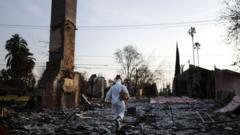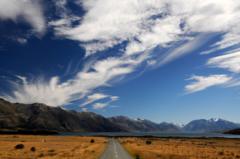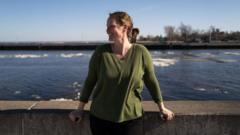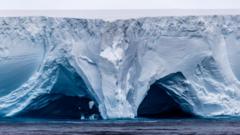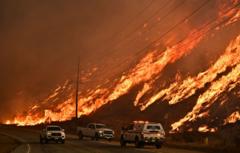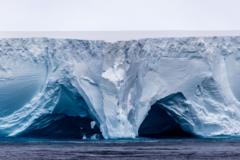"As the effects of climate change tighten their grip on Arctic ecosystems, Churchill, known as the polar bear capital of the world, faces increased encounters between locals and these majestic creatures. Residents, particularly the youth, are educated on bear safety, yet the long-term future of polar bears grows uncertain as warming temperatures shorten their access to sea ice. Local initiatives, like the Polar Bear Alert Program, strive to ensure safety while researchers examine climate impacts on both the bears and the community’s future."
"Churchill Faces Polar Bear Predicament Amid Climate Change Challenges"

"Churchill Faces Polar Bear Predicament Amid Climate Change Challenges"
"In Churchill, Manitoba, residents grapple with the reality of coexisting with polar bears while climate change complicates their survival."
Churchill, Manitoba, is in the limelight as residents watch the delicate balance of life between themselves and polar bears become increasingly precarious due to climate change. With the local high school’s curriculum emphasizing "bear awareness," students are armed not just with educational tools but also practical advice from their young peer, Tee. "If there’s a bear this close to you," Tee teaches, gesturing to an imaginary bear a mere 30 centimeters away, "make a fist and punch it in the nose."
Such wisdom speaks volumes about growing up in a town where confrontations with the largest land predator on Earth are an everyday reality. Throughout Churchill, signs inhabit shops and cafés, reminding patrons to remain vigilant: “If a polar bear attacks you, you must fight back.” Residents are well aware that fleeing from a charging bear is risky since they can sprint at speeds of up to 25 mph (40 km/h).
Set against the backdrop of the Hudson Bay, which borders the town, Churchill is famous for experiencing the annual migration of polar bears as the ice thaws, forcing them ashore. Alyssa McCall from Polar Bears International explains, “As the autumn freeze begins, hundreds of bears gather here, eagerly awaiting access to their primary prey—seals.” However, alarming declines in the polar bear population, with nearly half of the original numbers from the 1980s disappearing, unveil a grim truth tied to rising temperatures that affect the duration of sea ice availability.
Throughout the Arctic, 20 polar bear sub-populations exist, and declining numbers are echoed in Churchill’s surroundings. “Bears are spending a month longer on land than previous generations did,” warns Alyssa, underscoring the struggles that bear mothers face in nurturing their young in an environment where food scarcity is exacerbated.
Despite the current escalation of human-bear interactions, Churchill attracts conservationists and adventurous tourists alike. This summer, tourists are guided by Polar Bears International’s researchers into the tundra aboard oversized buggies designed for viewing polar bears safely. Their experiences range from distant sightings to unforgettable close encounters. When a young bear momentarily pauses to investigate a tundra buggy, it elicits mixed feelings of awe and cautious respect for the wild creature.
Technological innovations are also in the mix, with studies underway to develop a radar system, dubbed 'bear-dar,' aimed at enhancing bear detection and safety protocols. The growing research within the newly established Churchill Marine Observatory emphasizes the urgency in understanding changes to the local ecosystem while examining the implications of a more temperate Hudson Bay.
Faced with longer periods of open water, the local mayor, Mike Spence, articulates a delicate vision for the future. "Understanding how to adapt for extended seasons is crucial for our town," he states. Churchill's port currently remains inactive for several months, yet the prospect of a busier port raises questions about the balance between commercial growth and environmental sustainability.
Certainly, residents continue to face new challenges in the wake of climate change, culminating in a relatable concern for the future of polar bears. As odes toward coexistence fill the town's atmosphere, Tee's classmate Charlie quietly posits, "If climate change continues, the polar bears might just stop coming here." For many, the daily presence of polar bears symbolizes the wild beauty of their surroundings, even as they navigate the uncertain path forged by fluctuating climates and ecological persistence.

